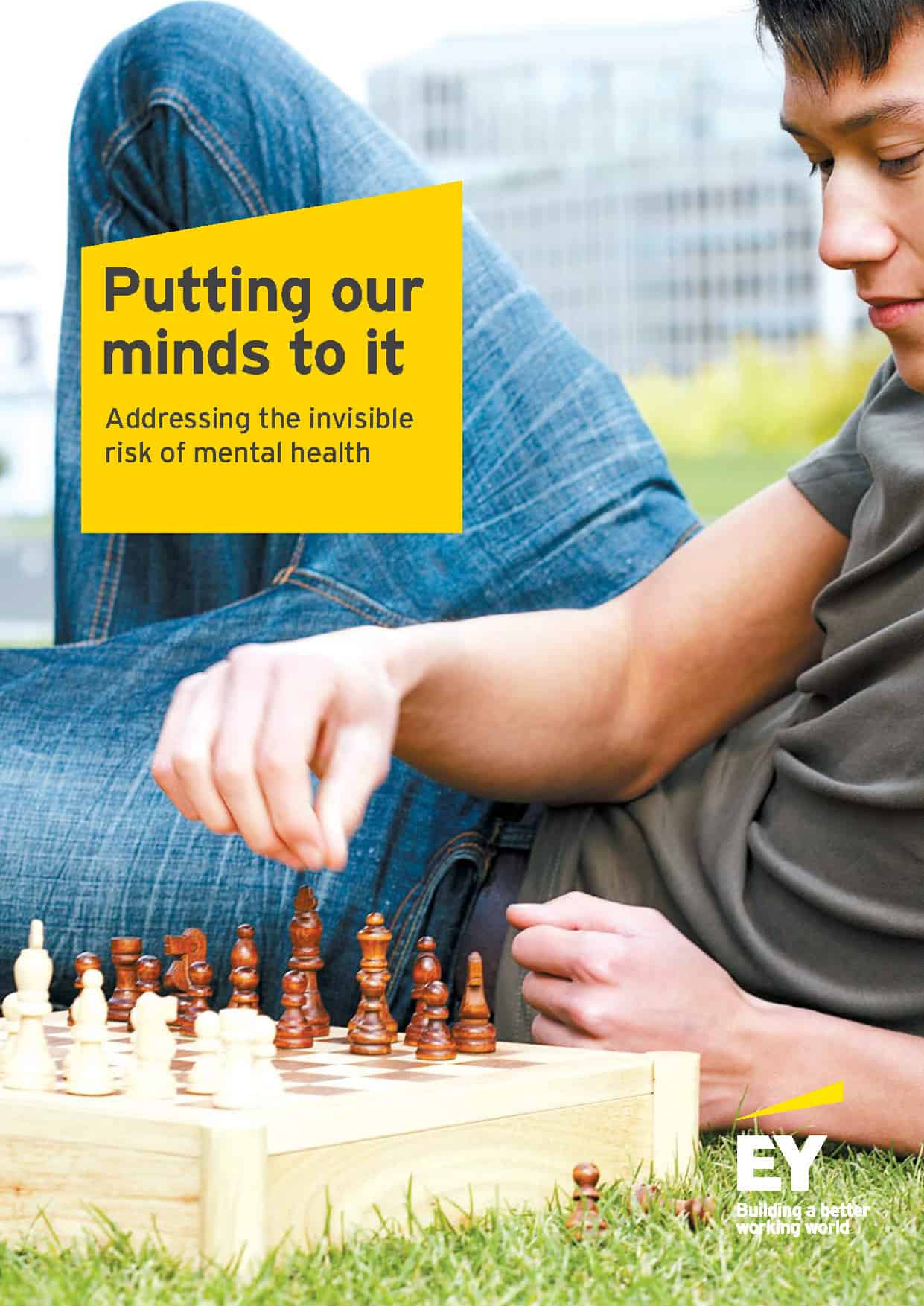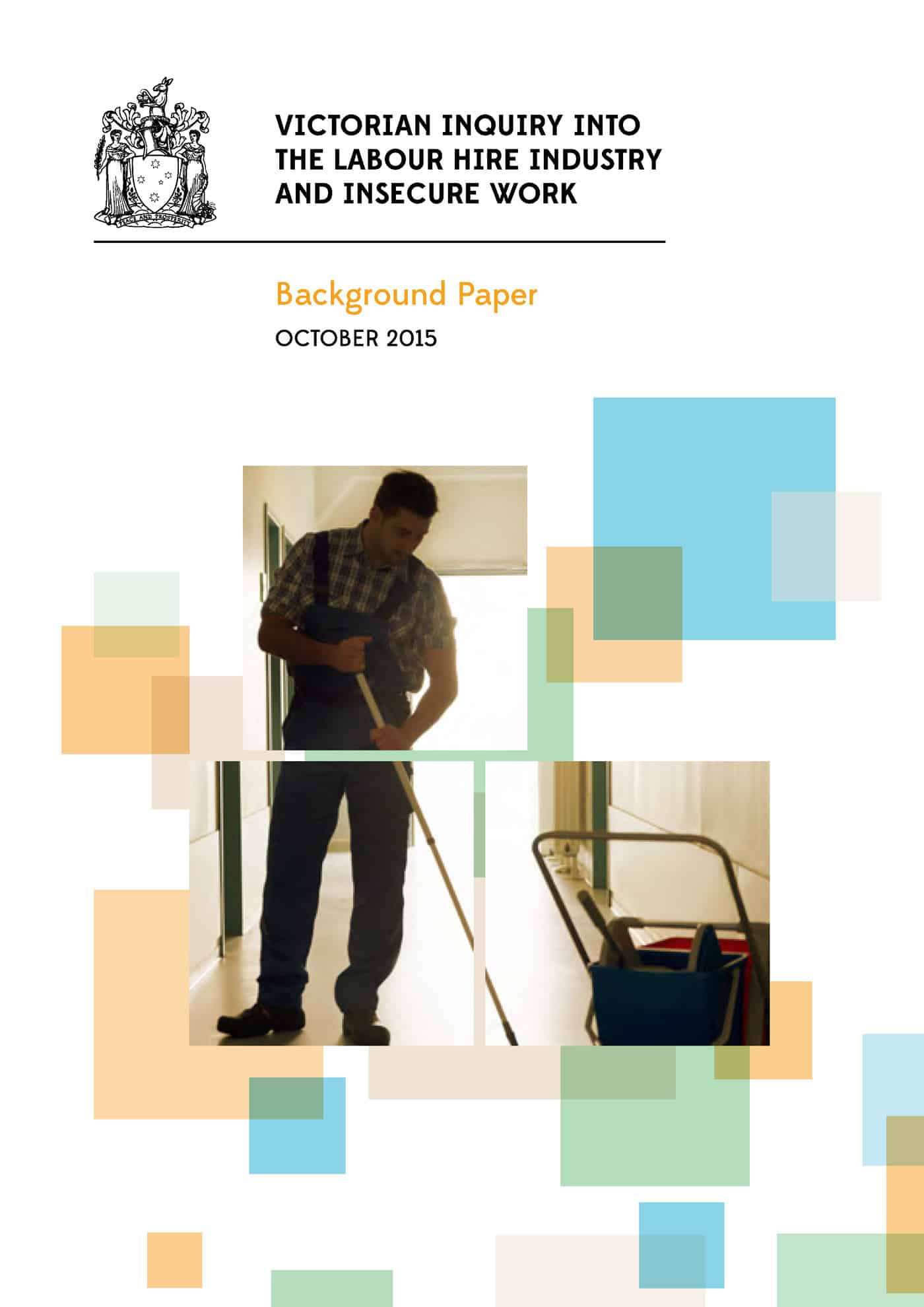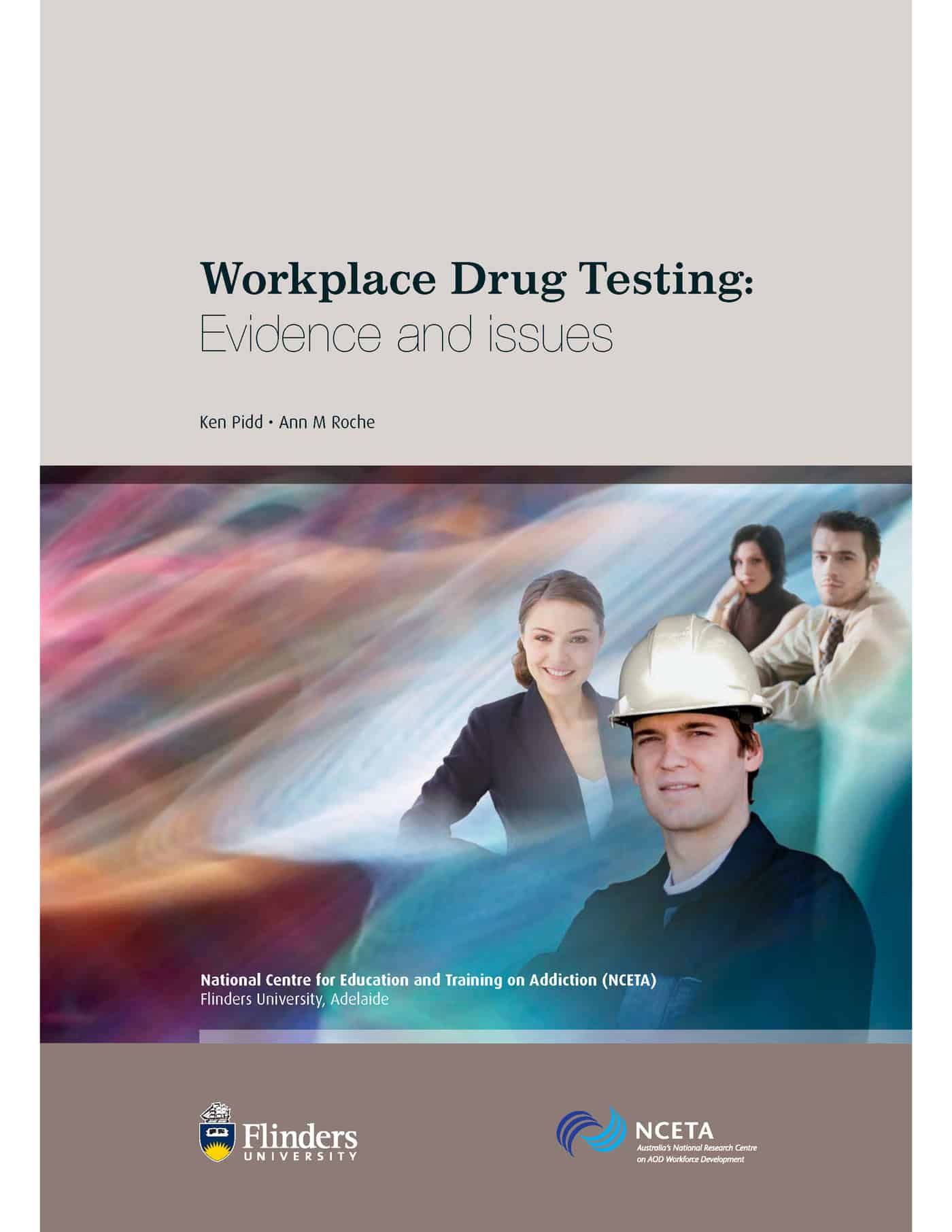Work Health and Safety Queensland (WHSQ) recently revealed some early research into the Return on Investment (ROI) of occupational health and safety (OHS) controls. (Thanks to a reader for pointing it out) According to its website:
“Recent pilot research in several Queensland organisations found clear evidence of the cost effectiveness of safety interventions, including:
- an automatic shrink wrapping machine at Rexel’s Tingalpa distribution centre that had an ROI of around $1.82 for every $1 of costs, and a payback of upfront costs of less than three years
- an ergonomics intervention at BP Wild Bean Cafés with an ROI of $2.74 for every $1 of costs and a payback within the first month
- a workplace health and wellbeing program at Port of Brisbane that had an ROI of $1.58 for every $1 of costs and a payback of 15 months.”
None of this “pilot research” is publicly available so it is not possible to verify the data. (WHSQ has been contacted for further information for a follow up blog article)

 Recently,
Recently, 

 The
The